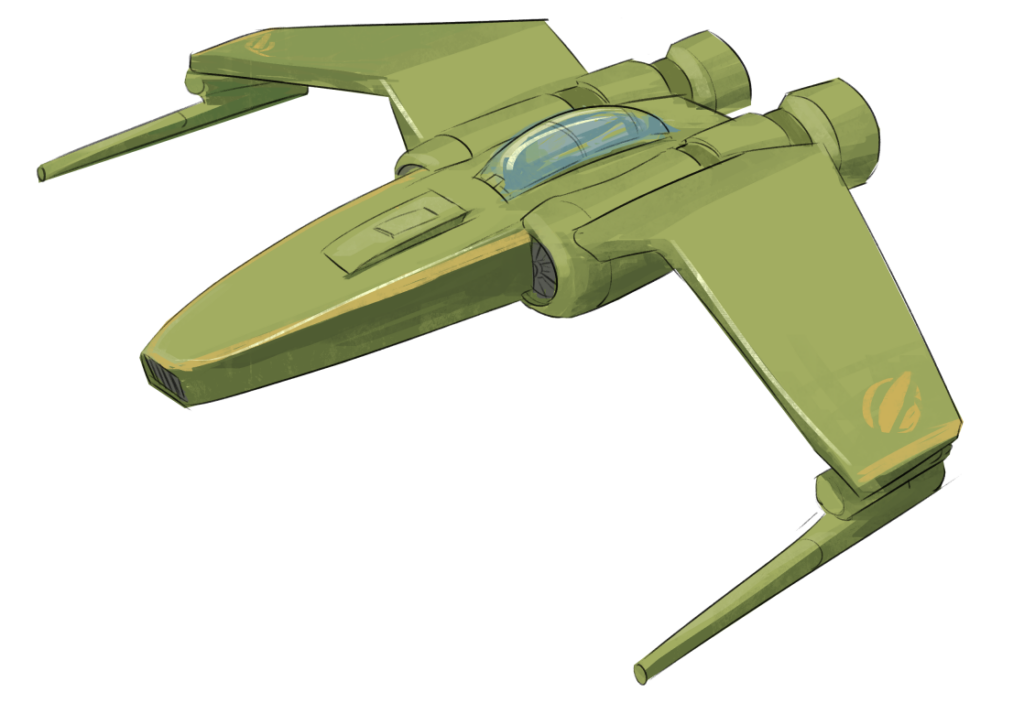
the boundless curve of light kissing glass, the horizon line stretched as far as the eye can see, bowing away from the edge of light where atmosphere met space, the bluest of blues reflected in the three-fourths of an inch of glass that separated him from the unforgiving void. here, the unfettered sun blazed, burning away even the thoughts of a shadow. there was no sound but the rasp of his own breath, the pulse of his blood in his chest. it was terrific. terrifying. the awe never faded with each trip; he glanced down again at the planet’s surface, lingering, wondering, and a giddy dizziness washed over him, a sensation of the surface coming up to swallow him whole, to cradle him between vast arms of mountains and churning seas. here, at the edge where gravity’s grasp fell away, at the cusp of an endless void of air, he looked into the wild blue yonder. he breathed in, held; he breathed out. he was going home.







